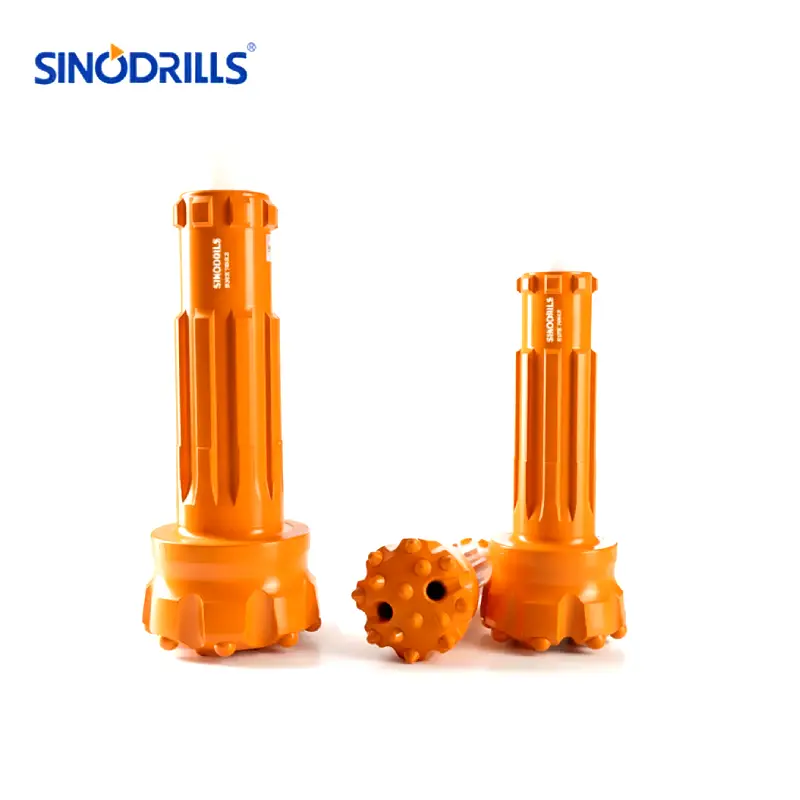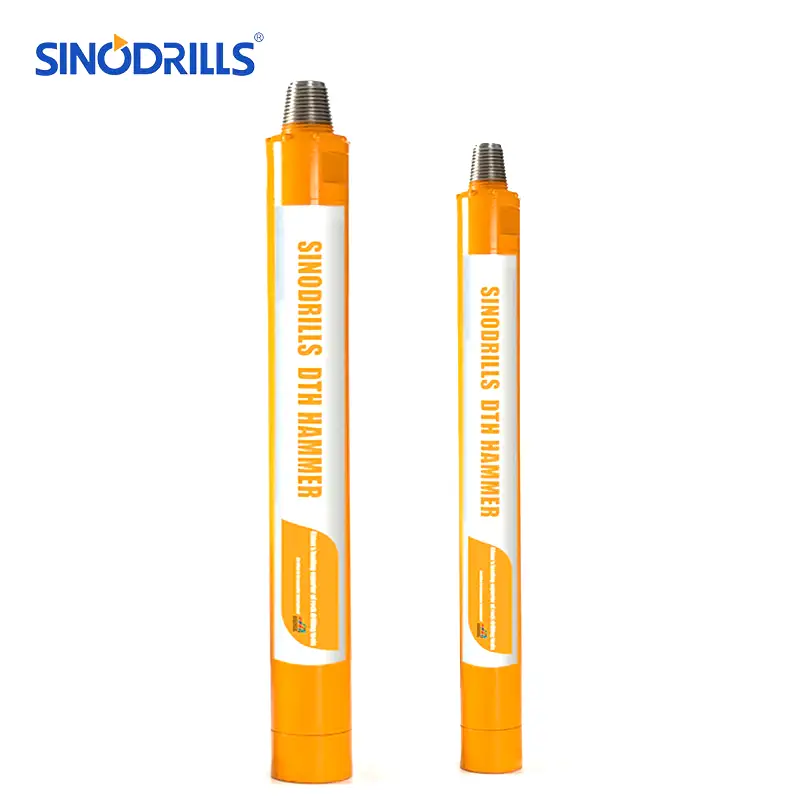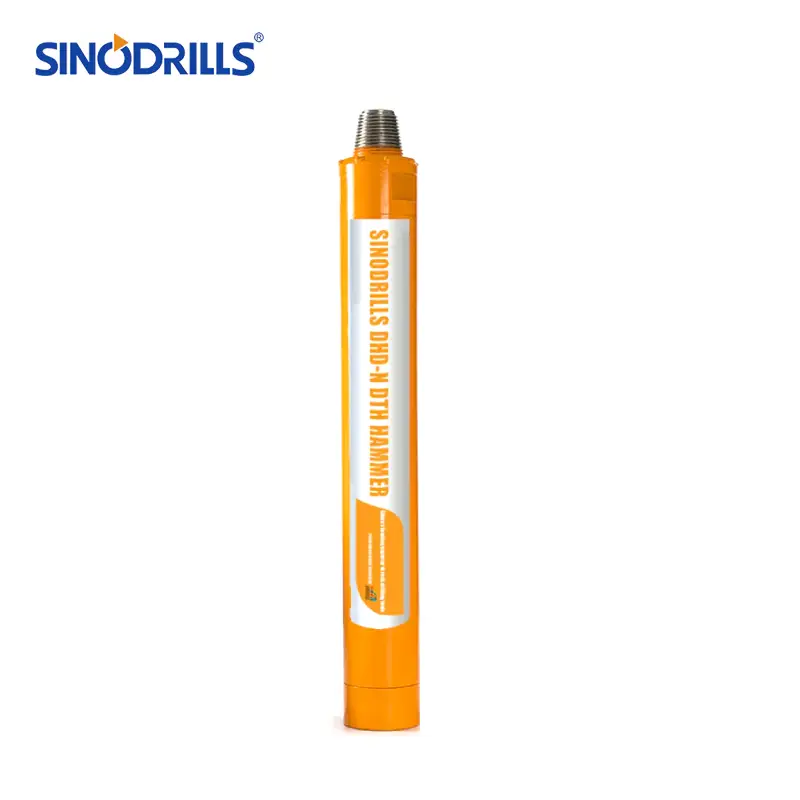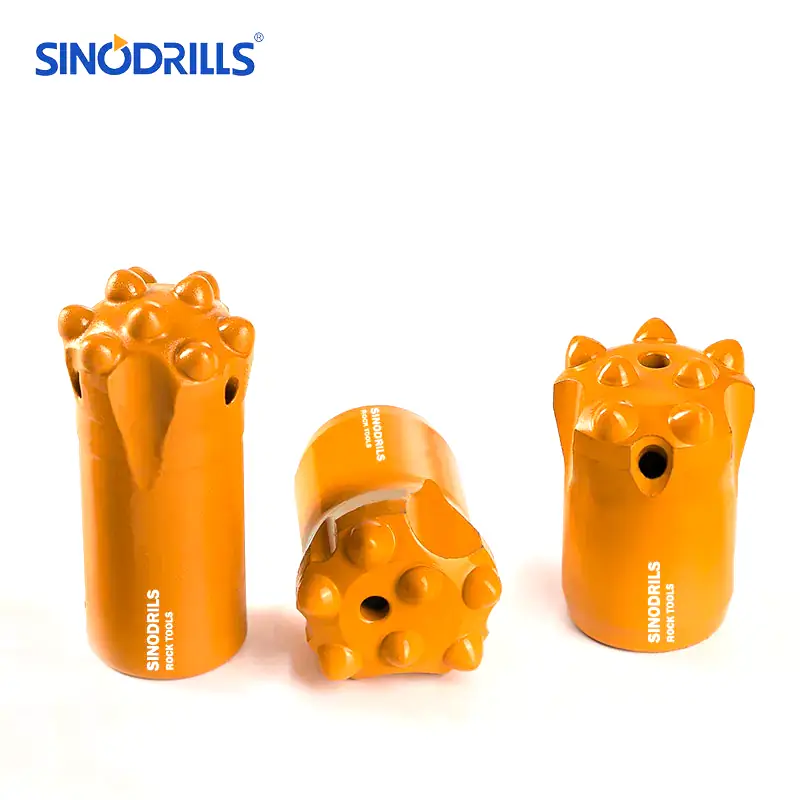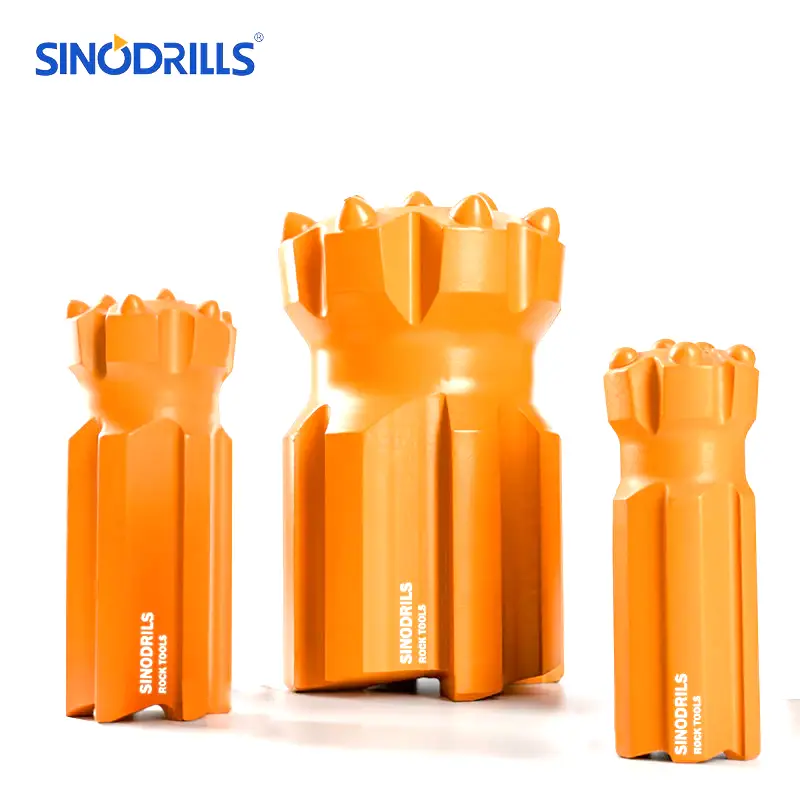Quarrying is a fundamental industry, providing essential raw materials for construction, infrastructure, and countless other sectors. At the heart of every successful quarry operation lies effective drilling – the critical first step in extracting valuable rock. This guide delves into the intricacies of quarry drilling, offering insights to optimize your processes.
From understanding different drilling techniques and equipment to mastering blast design and safety protocols, this comprehensive resource will equip you with the knowledge to enhance efficiency, reduce costs, and ensure a safe working environment. Get ready to elevate your quarry drilling operations to the next level.
What is Quarry Drilling?
Quarry drilling is the initial, critical step in extracting rock from quarries.
It involves boring precisely located holes into rock formations using specialized drill rigs. These holes are then loaded with explosives, which are detonated in a controlled manner to fragment the rock into manageable sizes for further processing, such as crushing and screening.
Quarry Drilling Equipment
Quarry drilling relies on a specialized suite of equipment designed for efficiency, precision, and durability in tough rock environments. The core of these operations involves powerful drill rigs, which come in various configurations to suit different quarry layouts and rock characteristics. These rigs are responsible for boring the blast holes that are essential for rock fragmentation.
Beyond the primary drilling machines, a range of supporting tools and accessories are crucial for successful quarry drilling. These components ensure the drilling process is effective, safe, and cost-efficient, contributing to the overall productivity of the quarry.
Here are widely used quarrying drill tools in the following:
Drill Rigs: These are the main machines for creating boreholes.
- Top Hammer Drill Rigs: Often used for smaller to medium-sized holes and shallower depths, transferring impact energy directly to the drill bit at the top of the drill string.
- Down-The-Hole (DTH) Drill Rigs: Ideal for deeper holes and harder rock, where the hammer is located directly at the bottom of the hole for maximum energy transfer.
- Rotary Drill Rigs: Used for drilling large-diameter holes, primarily in open-pit mining and some quarrying applications, relying on a rotating motion to cut and crush rock.
Drill Bits: The cutting tools that directly penetrate the rock.
- Button Bits: Featuring tungsten carbide buttons for durability and effective rock breakage.
- Tapered Bits: Designed for specific taper drill rod connections, often used in smaller-scale operations.
- Diamond Bits: Employed for extremely hard rock or for core sampling, featuring industrial diamonds embedded in the bit face.
Drill Rods/Pipes: Connect the drill rig to the drill bit, transmitting rotation and impact energy. These are typically made from high-strength steel.
Shank Adapters and Couplings: Components that connect the drill rig’s drifter to the drill rod, and connect multiple drill rods together to reach desired depths.
Air Compressors: Provide the compressed air necessary for pneumatic drills and for flushing cuttings out of the borehole in DTH drilling.
Dust Collection Systems: Crucial for managing the dust generated during drilling, improving visibility, and ensuring worker health and safety.
Quarry Drilling Process
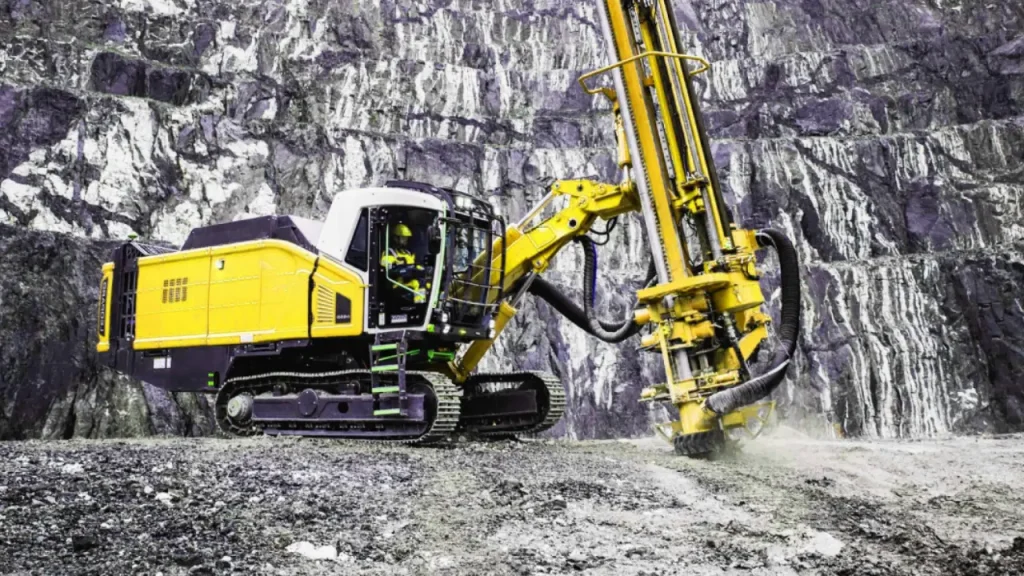
Quarry drilling is a precise and systematic operation designed to efficiently extract rock from the earth. It involves a sequence of well-defined steps, from initial planning to the final fragmentation of the rock, ensuring safety and productivity.
The process is crucial for providing raw materials for various industries, making the careful execution of each stage vital for successful quarrying operations.
Step 1: Site Survey and Planning
Before any drilling commences, a comprehensive site survey is conducted to analyze the geological conditions, rock type, and structural features of the quarry. This initial assessment helps in determining the most effective drilling patterns and blast designs.
Detailed planning follows, involving the selection of appropriate drilling equipment, setting safety perimeters, and defining the precise locations and depths for each bore hole. This meticulous preparation minimizes risks and maximizes extraction efficiency.
Step 2: Drilling Operations
Once planning is complete, specialized drill rigs are deployed to bore holes into the rock face according to the predetermined pattern. The type of drill bit and drilling method used depend on the rock’s hardness and the desired hole diameter.
During drilling, factors like feed pressure, rotation speed, and flushing air are carefully controlled to ensure optimal penetration rates and hole integrity. Consistent monitoring prevents deviations and ensures the holes are ready for the next stage.
Step 3: Loading Explosives
After drilling, the bore holes are carefully loaded with explosives, often a combination of bulk explosives and detonators. The quantity and type of explosive are precisely calculated based on the rock volume and desired fragmentation size.
This step requires strict adherence to safety protocols and regulatory guidelines to prevent accidents. Proper loading ensures the blast energy is distributed effectively for optimal rock breakage.
Step 4: Blasting
Blasting is the controlled detonation of the explosives within the drilled holes, designed to fragment the rock efficiently and safely. A carefully timed sequence of ignitions is often employed to direct the blast energy and control the rock displacement.
Safety is paramount during blasting, with exclusion zones established and all personnel cleared from the area. The outcome is a pile of fragmented rock, ready for subsequent processing like crushing and screening.
Quarry Drilling and Blasting
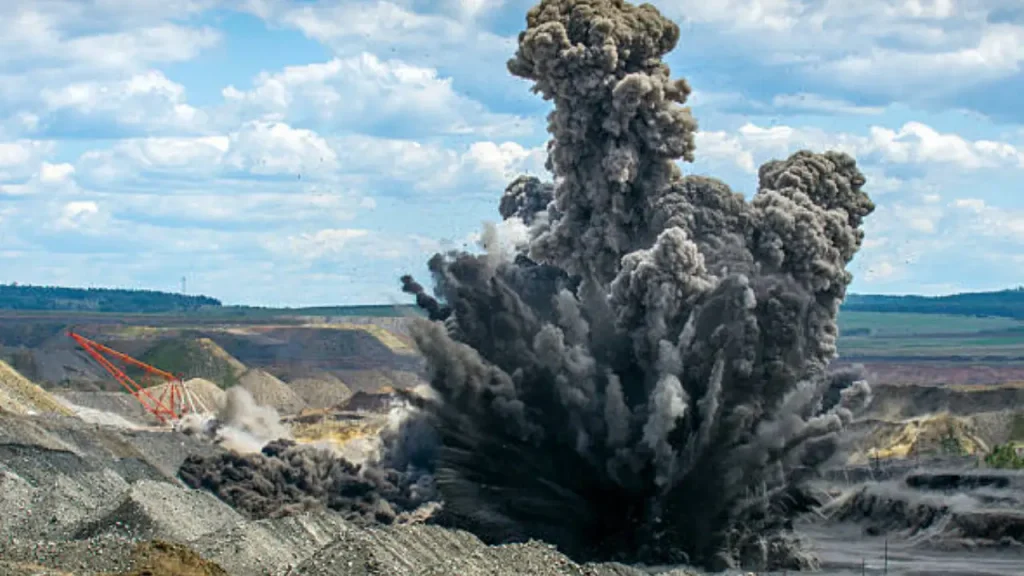
Quarry drilling and blasting is a specialized process crucial for extracting raw materials from rock formations. It involves systematically drilling holes into the rock, followed by the controlled use of explosives to break it into manageable sizes for further processing.
This drilling method is widely employed in:
- Mining: For efficiently extracting various minerals and ores from both surface and underground operations.
- Quarrying: To obtain aggregate, dimension stone, and other geological materials for construction and industrial applications.
- Civil Engineering: Essential for large-scale infrastructure projects like tunnel construction, road cuts, and dam building, where rock needs to be removed or fragmented.
Difference Between Drilling and Quarrying
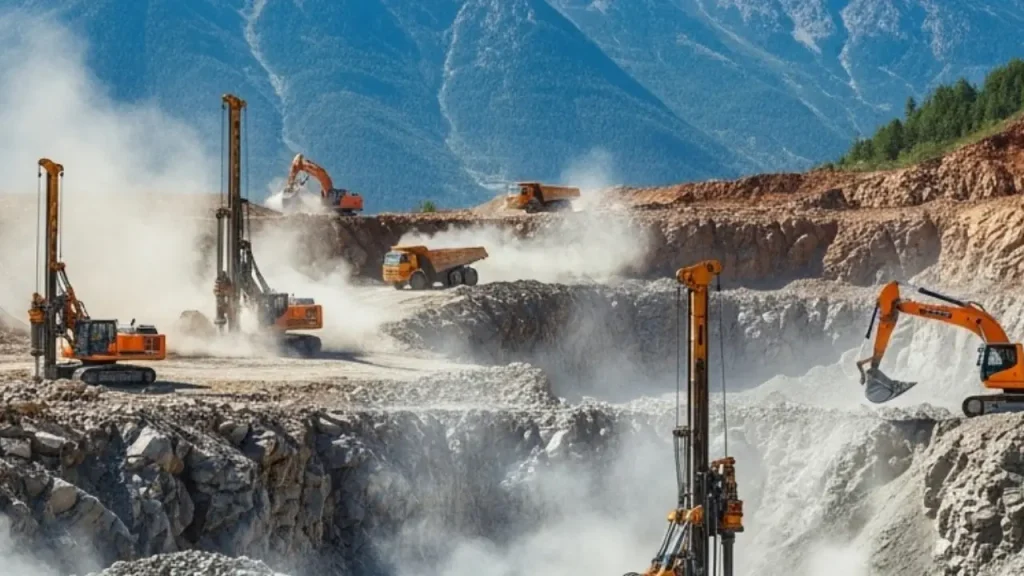
While often used in conjunction, drilling and quarrying represent distinct processes within the extraction industry. Distinguish between drilling and quarrying is crucial for anyone involved in rock excavation.
Purpose
Drilling is the act of creating holes in a material, often rock, for various purposes such as exploration, setting charges for blasting, or creating passages for utilities. Its primary goal is hole creation. Quarrying, conversely, is the broader process of extracting large quantities of rock or aggregates from a quarry site for commercial use. Its ultimate aim is material extraction.
Scope
Drilling is a specific operation, a single step that can be part of a larger project. It focuses on the mechanics and techniques of penetrating rock. Quarrying encompasses a much wider scope, including geological surveys, drilling, blasting, crushing, screening, and transportation. It represents the entire lifecycle of rock extraction from a designated site.
Tools and Equipment
The tools primarily associated with drilling are drill rigs, drill bits, and related drilling accessories designed for penetrating rock. Quarrying utilizes a much broader array of heavy machinery, including drill rigs, excavators, loaders, crushers, screens, and haul trucks, each playing a role in the complete extraction and processing chain.
End Product
The immediate end product of drilling is a bore hole or a core sample. While this can lead to larger material extraction, the direct output is the hole itself. The end product of quarrying is processed rock material, such as crushed stone, gravel, sand, or dimension stone, ready for sale and use in construction or other industries.
Safety Considerations
Safety in drilling primarily focuses on preventing accidents related to drilling equipment, bore hole stability, and potential gas or water encounters during the drilling process. Quarrying safety encompasses a much wider range of concerns, including blast safety, heavy machinery operation, traffic management within the quarry, dust control, and overall site stability.
While “drilling” is a fundamental process often used within “quarrying,” they are distinct concepts with different scopes and ultimate goals.
Here’s a table outlining the key difference between drilling and quarrying in the following:
| Aspect | Drilling | Quarrying |
| Definition | The act of creating a hole in a material, often rock, using a rotating and/or percussive tool. | The broader process of extracting large quantities of natural resources (stone, sand, gravel, etc.) from the earth’s surface. |
| Purpose | To create holes for various reasons, such as: | To extract raw materials for commercial use, primarily in construction and industry. |
| – Exploration (core samples) | – Producing aggregates (crushed stone, sand, gravel) | |
| – Setting explosive charges (blast holes) | – Extracting dimension stone (large cut blocks) | |
| – Installing utilities or anchors | – Obtaining materials for cement, asphalt, etc. | |
| Scope | A specific operation or step within a larger process. | An entire industrial process encompassing multiple stages. |
| Methods | Involves drill rigs, drill bits, and related drilling techniques (e.g., rotary, DTH, top hammer). | Utilizes a wide array of heavy machinery including drill rigs, excavators, loaders, crushers, screens, and haul trucks. Often involves blasting, cutting, and processing. |
| End Product | A bore hole, a core sample, or a prepared hole for further action. | Processed rock material (e.g., crushed stone, gravel, sand, dimension stone) ready for sale and use. |
| Key Focus | Mechanics and techniques of penetrating rock. | Material extraction, processing, and economic viability of the entire operation. |
| Examples | Drilling blast holes in a quarry, drilling for oil or water, drilling for geological surveys. | Operating a granite quarry, extracting sand and gravel from a riverbed, producing limestone for cement. |
How to Choose Quarrying Drill Tools?
Choosing the right quarry drilling tools is crucial for maximizing efficiency, ensuring safety, and optimizing costs in rock extraction operations. The selection process demands careful consideration of several key factors to ensure the tools are perfectly matched to the specific demands of your quarry environment and operational goals.
- Rock Hardness and Abrasiveness: The geological composition of your quarry, specifically the rock’s hardness and abrasiveness, is paramount. Softer rocks like limestone require different bits than extremely hard and abrasive materials like granite or quartzite, influencing the optimal bit type, carbide grade, and overall tool durability needed for effective penetration and extended lifespan.
- Drilling Method and Rig Type: The chosen drilling method, such as top hammer, down-the-hole (DTH), or rotary, directly dictates the type of tools required. Each method utilizes specific drill bits, rods, and hammer types designed to transfer energy most efficiently, ensuring compatibility and optimal performance between the drill rig and its consumable tools.
- Hole Diameter and Depth Requirements: The desired diameter and depth of the blast holes will influence the size and strength of the drill bits and rods. Larger, deeper holes demand more robust tools capable of withstanding greater stresses and delivering consistent results over extended drilling periods, impacting tool selection for your project’s specific needs.
- Tool Durability and Material Quality: Investing in tools made from high-quality materials, such as premium tungsten carbide inserts and robust steel alloys, is essential for longevity and resistance to wear and tear. Durable tools reduce downtime for replacements, leading to significant cost savings and increased productivity over the long term in demanding quarry environments.
- Cost-Effectiveness and Supplier Reliability: While initial cost is a factor, consider the overall cost-effectiveness, including tool lifespan and drilling efficiency, which contribute to the cost per meter drilled. Partnering with a reliable supplier like Sinodrills ensures access to quality tools, consistent supply, and technical support, impacting your quarry’s operational continuity and success.
Conclusion
Mastering quarry drilling is paramount for efficient and safe operations. By understanding the diverse techniques, equipment, and safety considerations outlined in this guide, you’re well-equipped to optimize your processes. Continuously applying these principles will lead to improved productivity and a safer working environment.
Ultimately, successful quarry drilling hinges on the right tools and expertise. Investing in high-quality drilling equipment directly impacts your operational efficiency and overall profitability.
For all your quarry drilling needs, remember you can get wholesale quarry drilling tools from Sinodrills. We’re committed to providing the durable and reliable tools essential for your success.

